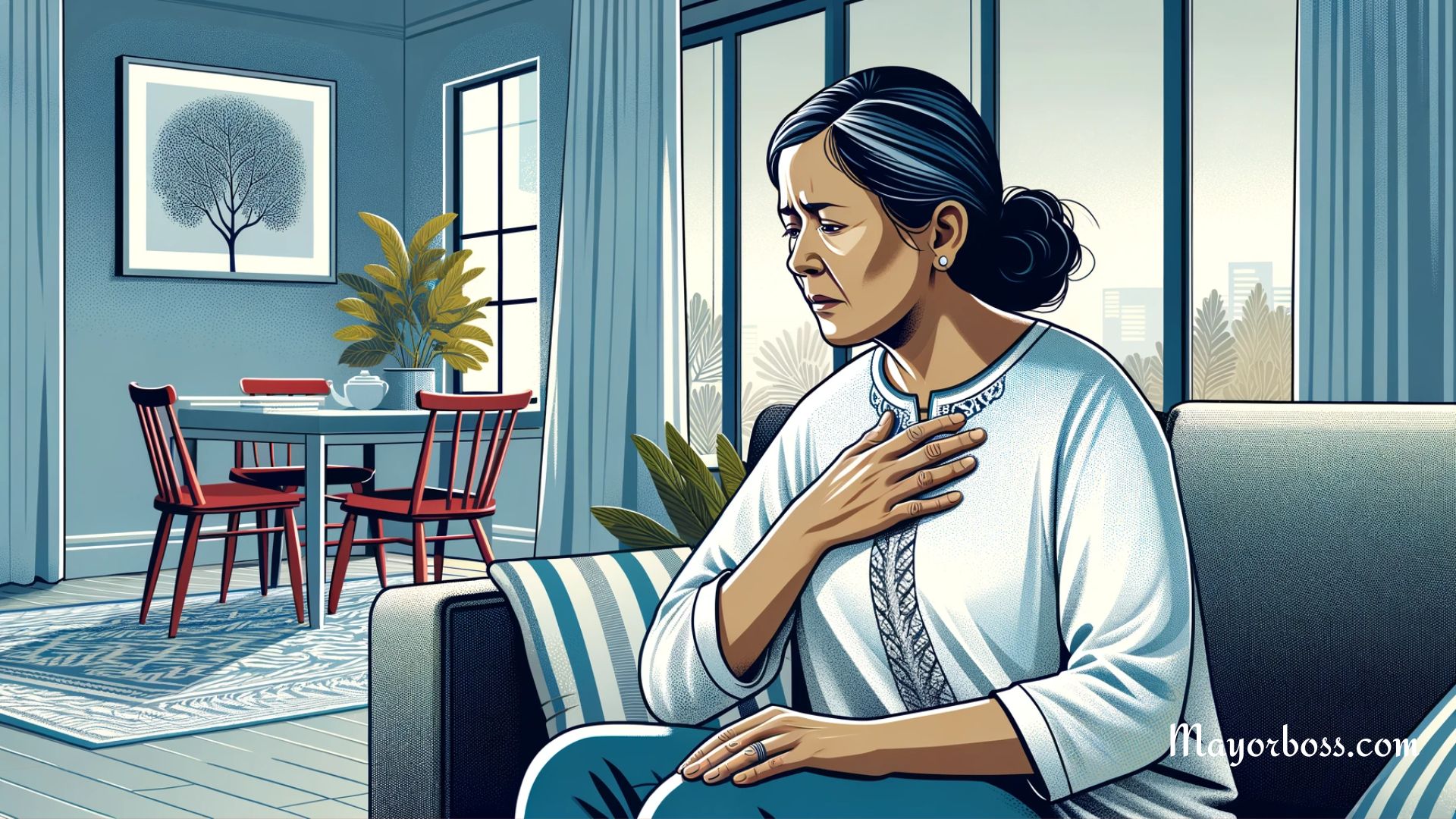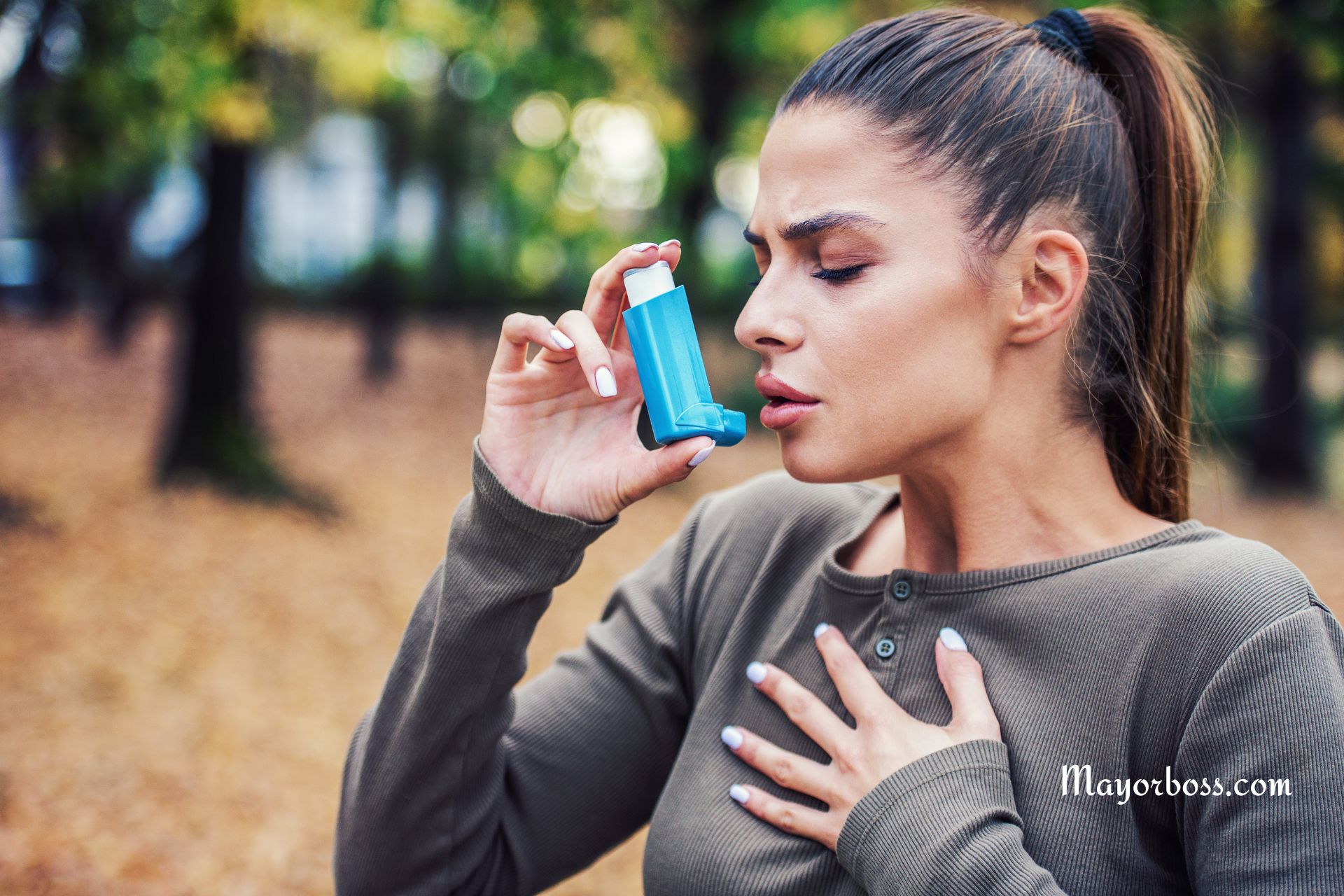Restrictive Lung Disease: Types, Symptoms, Causes & Treatments
Have you ever felt like you just can’t draw a deep breath? This could be a symptom of restrictive lung disease, a condition where your lungs can’t fully expand. But what exactly is a restrictive lung disease, and how does it affect your body? This article explains its types, symptoms, causes, and treatments.

What is Restrictive Lung Disease?
Restrictive lung disease is a category of respiratory ailment characterized by reduced lung expansion and decreased total lung capacity. This means your lungs can’t hold as much air as they should. It can be due to problems within the lungs themselves or because of external factors affecting lung function.
Types of Restrictive Lung Disease
Restrictive lung diseases are broadly classified into two categories:
Intrinsic Restrictive Lung Diseases
These are caused by problems within the lung tissue itself. Examples include:
- Interstitial Lung Disease (ILD): A group of diseases causing scarring (fibrosis) of the lungs.
- Pneumonitis: Inflammation of lung tissue, often due to an allergic reaction.
- Sarcoidosis: Characterized by tiny inflammatory cells in various body tissues, including the lungs.
- Pulmonary Fibrosis: A condition where lung tissue becomes damaged and scarred.
Extrinsic Restrictive Lung Diseases
These occur due to factors outside the lungs, such as:
- Musculoskeletal Disorders: Conditions like scoliosis or muscular dystrophy.
- Pleural Diseases: Diseases affecting the lining of the lungs.
- Obesity: Excess weight can impair lung expansion.
- Neuromuscular Disorders: Conditions like amyotrophic lateral sclerosis (ALS) that weaken the muscles controlling breathing.
Symptoms of Restrictive Lung Disease
Symptoms can be subtle initially but typically include:
- Shortness of Breath: Especially during physical activities.
- Rapid, Shallow Breathing: Difficulty taking deep breaths.
- Chronic Cough: Often dry and persistent.
- Fatigue: Feeling unusually tired.
- Unintended Weight Loss: In more advanced stages.
Causes of Restrictive Lung Disease
The causes are varied and can depend on the type:
- Inhaled Substances: Such as asbestos or silica dust.
- Radiation Therapy: Can damage lung tissue.
- Autoimmune Diseases: Like rheumatoid arthritis or lupus.
- Infections: Certain infections can lead to lung scarring.
- Genetics: Some types have a genetic component.
Treatments for Restrictive Lung Disease
Treatment aims to manage symptoms and slow disease progression:
- Medications: Such as corticosteroids to reduce inflammation.
- Pulmonary Rehabilitation: Exercises and breathing techniques.
- Oxygen Therapy: For severe cases, to aid in breathing.
- Lifestyle Modifications: Including quitting smoking and avoiding lung irritants.
- Surgery: In severe cases, a lung transplant may be considered.
Preventive Measures
While not all types are preventable, some general tips include:
- Avoid Lung Irritants: Such as smoke, dust, and chemicals.
- Regular Health Check-ups: This is especially important if you have a family history or occupational exposure.
Living with Restrictive Lung Disease
Living with this condition requires adjustments:
- Exercise Regularly: Under medical guidance to maintain lung function.
- Monitor Your Breathing: Be aware of changes or worsening symptoms.
- Stay Updated on Vaccinations: To avoid respiratory infections.
FAQ Section
Can Restrictive Lung Disease Be Cured?
Sadly, most types of restrictive lung disease cannot be completely cured. However, treatments can significantly manage symptoms and improve quality of life.
Is Restrictive Lung Disease the Same as Asthma?
No, restrictive lung disease and asthma are different. Asthma primarily affects the airways, causing them to narrow. In contrast, restrictive lung disease affects the lung tissue or chest wall, making it difficult to fully expand the lungs.






